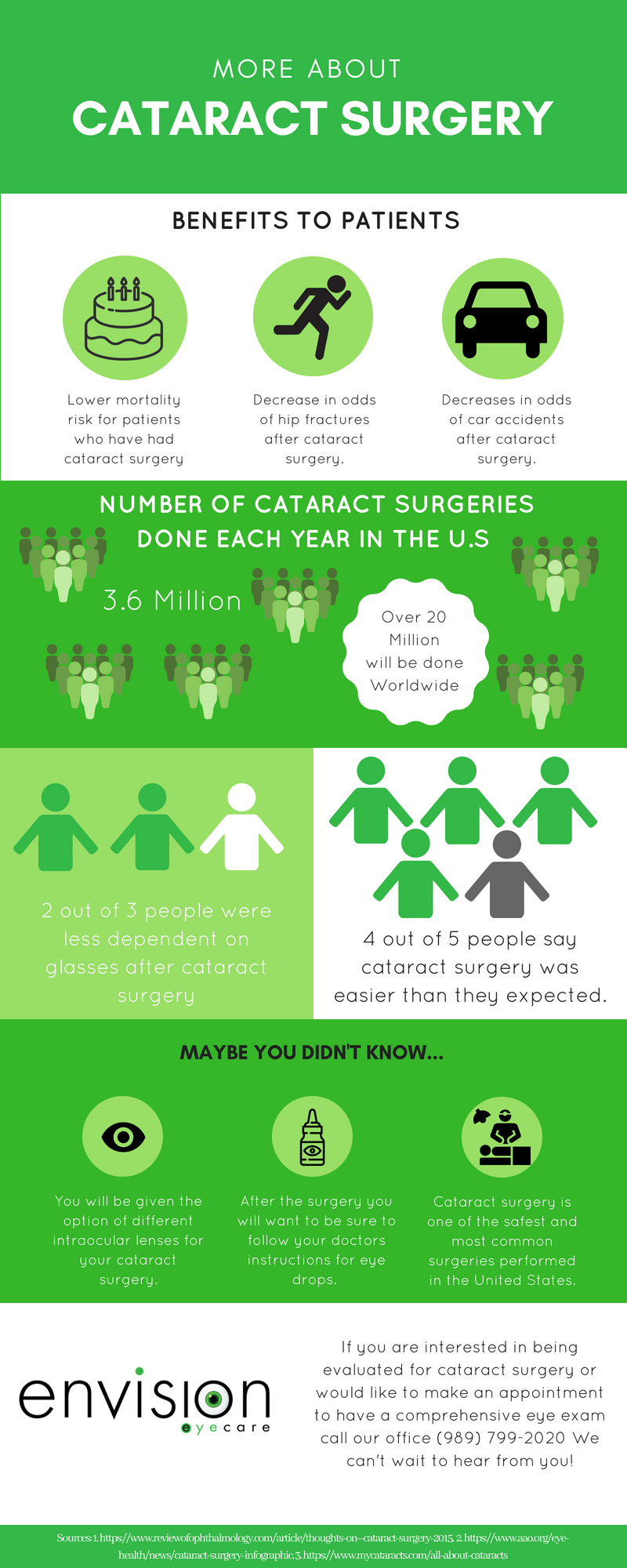Start An Exciting Journey Through The Development Of Cataract Surgical Procedure Strategies, From Old Roots To Innovative Developments That Are Improving The Future Of Eye Care
Start An Exciting Journey Through The Development Of Cataract Surgical Procedure Strategies, From Old Roots To Innovative Developments That Are Improving The Future Of Eye Care
Blog Article
Article Produced By-Ottesen Alexander
As you explore the evolution of advanced cataract surgical procedure strategies, you'll witness a journey marked by resourcefulness and precision. From old methodologies that paved the way for modern-day advancements to advanced innovations that are revolutionizing the field, the comprehensive review of cataract surgery techniques is a testament to human development and dedication to enhancing client outcomes. The detailed interplay between historical strategies and futuristic advancements creates an appealing story that clarifies the evolution of one of the most common surgical procedures worldwide.
Historical Strategies and Innovations
Check out exactly how early cosmetic surgeons transformed cataract treatment by utilizing innovative strategies and devices. In the past, cataract surgical procedure was a risky and painful treatment. Nonetheless, ancient Indian physicians were amongst the first to try medical treatments for cataracts, using a technique called 'couching' where a sharp tool was utilized to press the cataract back into the eye. updated blog post , though crude by today's standards, laid the groundwork for future innovations in cataract surgery.
As time proceeded, Arab medical professionals made significant payments by establishing specialized needles for cataract extraction. These needles were used to puncture the cataract and then extract it from the eye, noting a substantial renovation in surgical precision.
Later on, in the 18th century, the French specialist Jacques Daviel originated the technique of extracapsular cataract extraction, where the entire lens was removed intact through a larger incision. This noted a significant advancement in cataract surgical treatment strategies, paving the way for the modern treatments we utilize today.
Modern Surgical Approaches
Early methods in cataract surgery have actually developed dramatically, causing the growth of contemporary surgical methods that prioritize accuracy and improved client results. Modern cataract surgical treatment now usually includes a procedure called phacoemulsification, where an ultrasonic device breaks up the cataract for elimination with a tiny laceration. This method permits quicker healing and minimizes the risk of issues compared to older approaches.
Furthermore, the use of innovative intraocular lenses (IOLs) has changed cataract surgical treatment outcomes. https://permanent-eye-color-surge17284.like-blogs.com/30138263/7-advantages-of-laser-vision-correction-you-should-not-neglect can deal with not only the cataract but also other refractive errors like astigmatism, decreasing the requirement for glasses post-surgery.
is fasting necessary for cataract surgery have access to sophisticated imaging modern technologies that help in accurate preoperative planning and intraoperative decision-making. Optical coherence tomography (OCT) and various other imaging methods give comprehensive photos of the eye's frameworks, enabling an extra individualized approach per person's surgical treatment. With these developments, modern-day cataract surgical treatment methods continue to boost, offering patients much safer procedures and much better aesthetic results.
Arising Technologies in Cataract Surgical Treatment
With innovations in modern technology transforming the field, cataract surgery is observing the assimilation of cutting-edge techniques for enhanced person results. Emerging modern technologies in cataract surgical procedure are reshaping the landscape of sensory treatments. One such improvement is femtosecond laser technology, which permits specific corneal cuts, capsulotomies, and lens fragmentation, leading to boosted surgical precision and end results.
In addition, intraoperative aberrometry is gaining appeal, enabling real-time measurements of refractive mistakes throughout surgical procedure to improve intraocular lens power calculations and reduce postoperative refractive shocks.
Additionally, using advanced imaging modern technologies like optical comprehensibility tomography (OCT) and intraoperative wavefront aberrometry aids cosmetic surgeons in accurate surgical planning and implementation. LASIK Pronunciation give thorough anatomical information and assistance personalize medical methods for every client's unique eye attributes.
Additionally, developments in artificial intelligence are being checked out to help in preoperative preparation, intraoperative decision-making, and postoperative treatment, potentially enhancing surgical outcomes and patient fulfillment. Welcoming these arising innovations in cataract surgical treatment holds pledge for further improving client end results and ensuring the continued development of sensory medical techniques.
Conclusion
As you journey through the background of cataract surgical procedure, you witness the improvement from old practices to innovative innovations. Like a phoenix climbing from the ashes, cataract surgery has actually developed into a sign of hope and innovation.
Just as a caterpillar arises from its cocoon as a lovely butterfly, cataract surgical procedure has actually developed right into a refined art form, offering people clearer vision and a brighter future.
The development proceeds, beaming a light on limitless opportunities.
